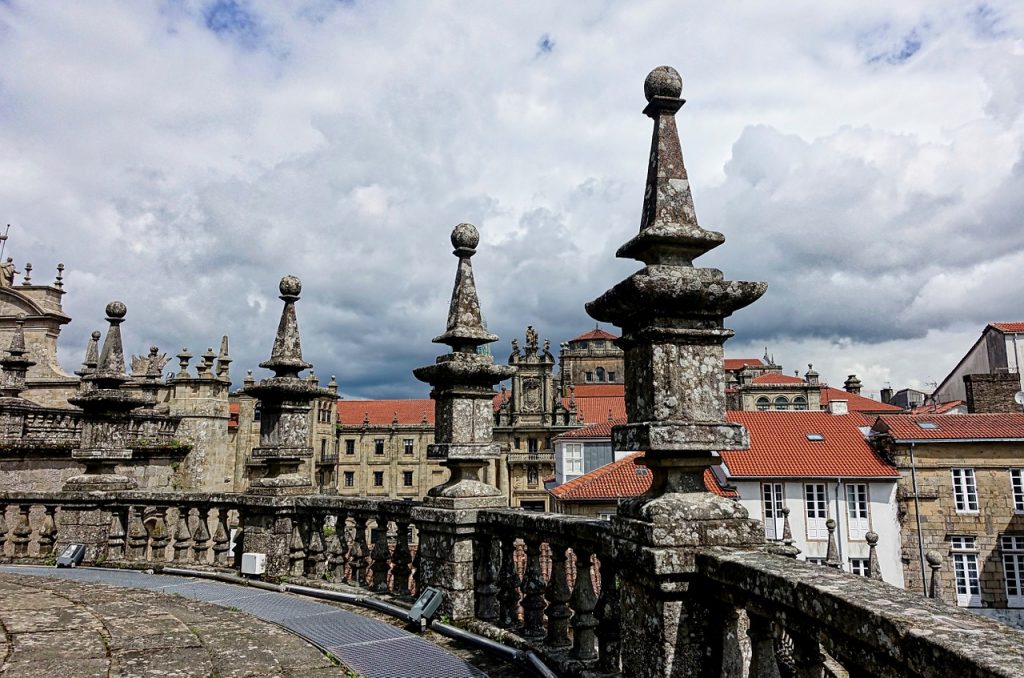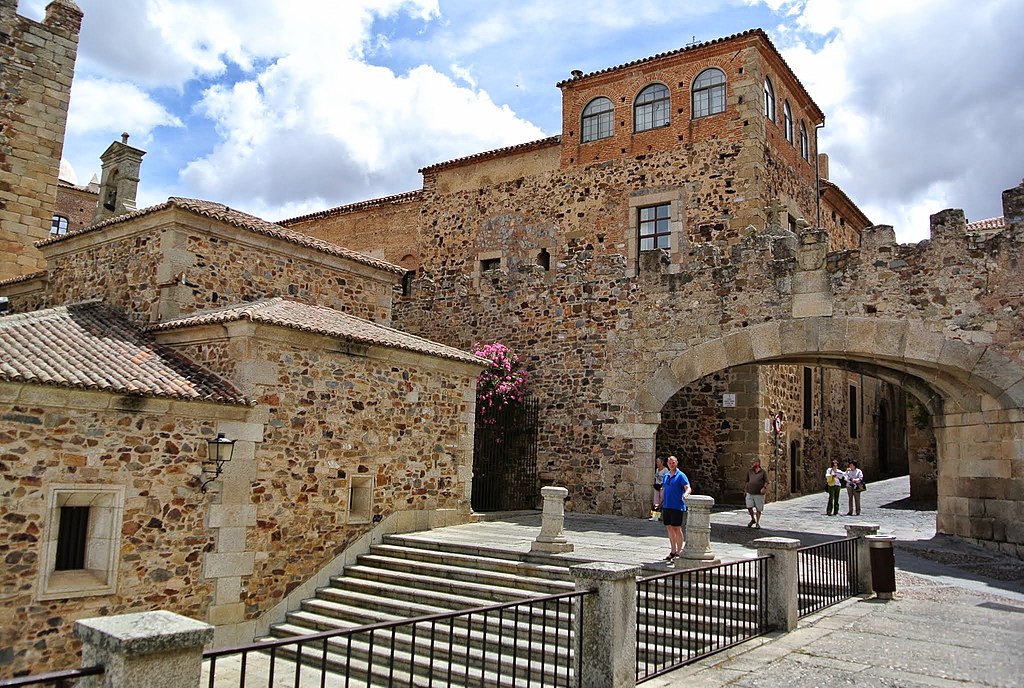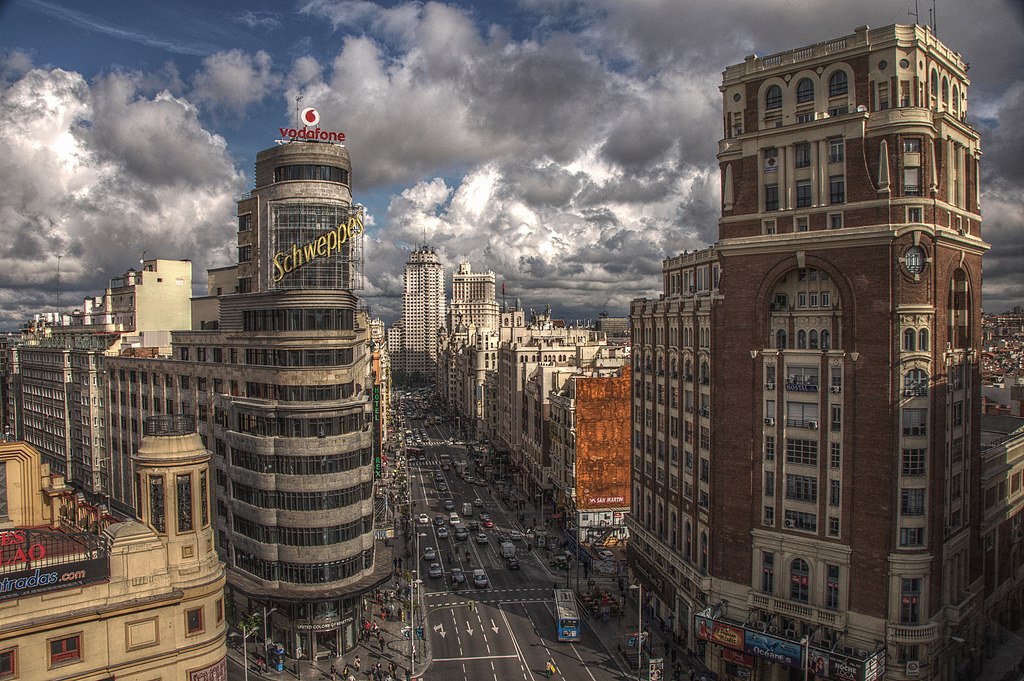Three Spanish cities make TIME magazine’s World’s Greatest Places 2021 rankings. The prestigious magazine calls the list “a tribute” to the people and companies at the forefront of the tourism industries.
These people and companies deserve special attention because they ‘have found ways to adapt, build and innovate in a context of extraordinary circumstances’.
To compile the list, TIME asked its international network of correspondents and editors to nominate places, including countries, regions, cities and towns. The idea is to offer new and exciting experiences within the above challenging context.
Among the hundred chosen for the World’s Greatest Places list are three Spanish cities. These are Santiago de Compostela in Galicia, Cáceres in Extremadura and Madrid.
Why Santiago de Compostela?

Dan Stewart writes lyrically about this pilgrimage town in the far northwest of Spain. Catholics have been flocking here for over a thousand years to visit the Sanctuary of ‘San Jacobo’. Today, the Camino de Santiago is still one of the most famous pilgrimages you can make and consists of a network of paths across Europe.
The most visited spot in the city is now the impressive Cathedral of Santiago de Compostela. This year is the holy year: Año Xacobeo. Thebasilica was recently refurbished. Since April, the graceful Baroque facade is without scaffolding for the first time in eight years.
According to Stewart, you can eat the best bacalao (codfish) in Spain at Solleiros in Praza de Mazarelos square. The restaurant was voted Spain’s best salt cod recipe out of 230 restaurants last year.
In Santiago you can wander for hours through a labyrinth of beautiful old streets. Then, relax on the terraces of the many bars and restaurants under the photogenic arcades.
Why Caceres?

Robin Catalano particularly praises the predominant colour palette of ochre and alabaster of the old town of Cáceres. He says it is reminiscent of ‘a scene from an old sepia photograph brought to life’. The city is in what he calls ‘Spain’s least touristy region’. Having said that, Extremadura has recently become more popular with people looking for original destinations away from the crowd.
The old town of Cáceres, ‘a unique mix of Roman, Islamic, Gothic and Renaissance architecture, surrounded by large stone walls’ is also on the UNESCO World Heritage List.
The author who chose Cáceres still points to a renovated Hospes Palacio de Arenales & Spa just outside the city. He also recommends El Museo Helga de Alvear, which has ‘the country’s most important private collection of international contemporary art’. Finally, the renovated Casa de los Paredes Saavedra from the Renaissance has been transformed into a ‘luxury Relais & Châteaux hotel with 11 suites, complete with underfloor heating and marble bathtubs’.
Why Madrid?

Tamara Hardingham-Gill points out social distancing is not beneficial for the ‘intimate art form of Spanish flamenco, nor for the famous tablaos’ of the Spanish capital. Despite the Spanish Ministry of Culture investing more than €1 million in flamenco last year to help the industry bear the effects of the pandemic, the coming months will be crucial in determining whether these hotspots of Spanish culture will survive.
The correspondent recommends some hotels, such as the revamped Rosewood Villa Magna; Mandarin Oriental Ritz, a recently restored BelleEpoque hotel in the center of the capital; and the 200-room Madrid Edition, located in a historic square with a rooftop terrace and sky bar.
Madrid is of course much more than flamenco. Think of the spectacular street art or the traditional museums such as the Prado, the Reina Sofia or the Thyssen-Bornemisza museum.


